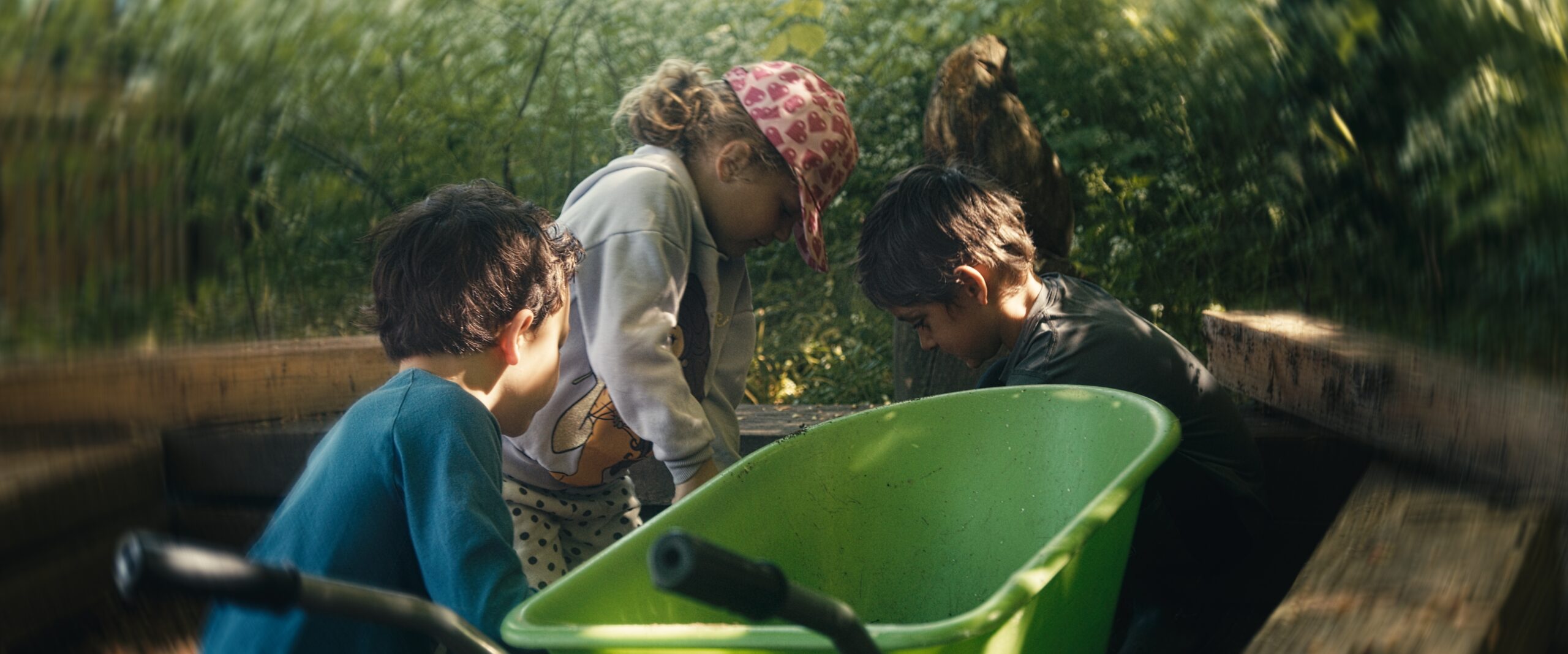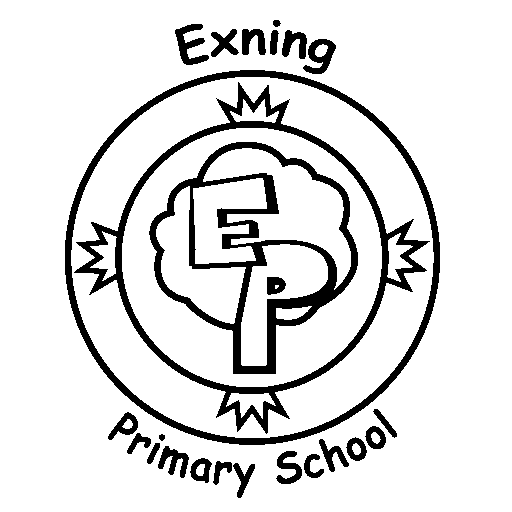
Zones of Regulation
Zones of Regulation
As part of the school’s PSHE curriculum, we will be teaching the Zones of Regulation curriculum. The Zones of Regulation curriculum has been recommended to school by several different agencies who work closely with Exning Primary School, and will be beneficial to all pupils, regardless of age or development phase.
The Zones of Regulation is full of a range of activities to help your child develop skills in the area of self-regulation. Self-regulation can go by many names, such as self-control, self-management and impulse control. It is defined as the best state of alertness of both the body and emotions for the specific situation. For example, when your child plays in a basketball game, it is beneficial to have a higher state of alertness. However, that same state would not be appropriate in the library.
There is progression across the curriculum with children in Early Years learning to identify different emotions to children in Upper Key Stage 2 discussing how our behaviour can impact upon the feelings of those around us. Children’s emotions and feelings are broken down into four, easily identifiable zones, and they will be given strategies for enabling themselves to regulate these emotions in order to move between zones when necessary.
Please read the presentation sent out to parents regarding the Zones of Regulation at the bottom of the page. If you have any questions, please ask your child’s class teacher.
